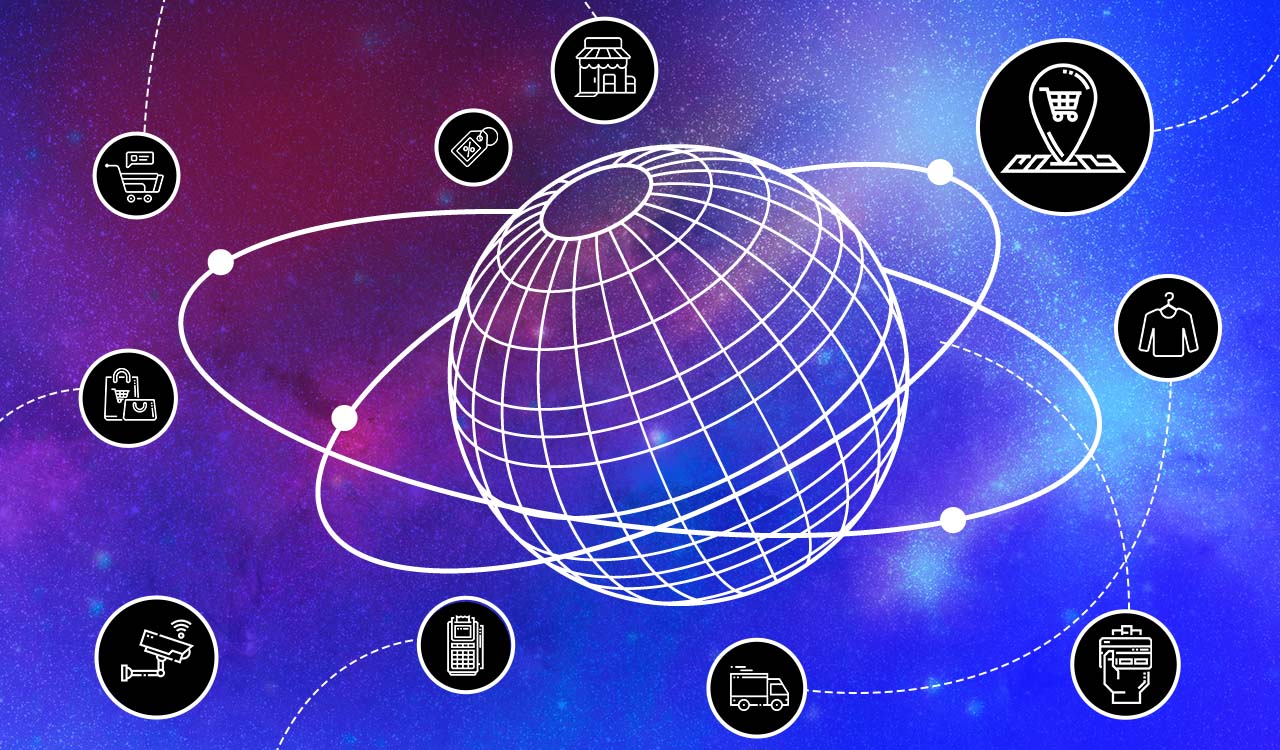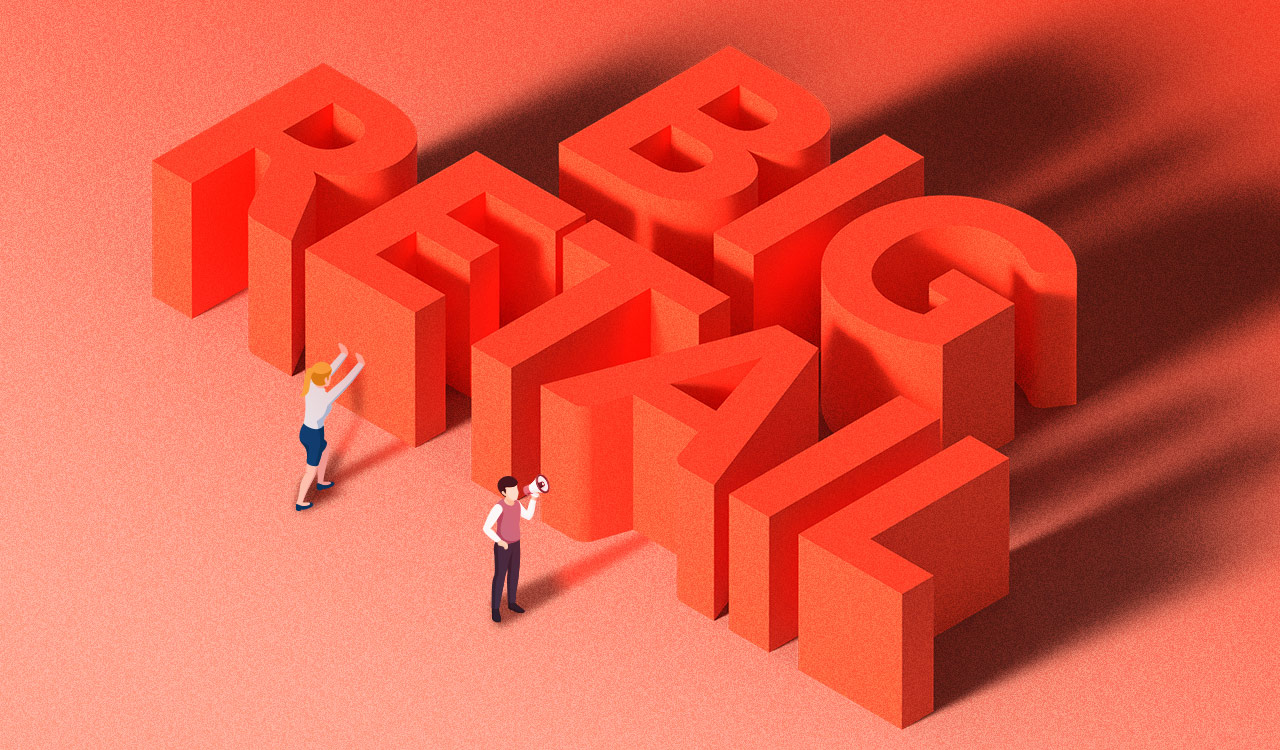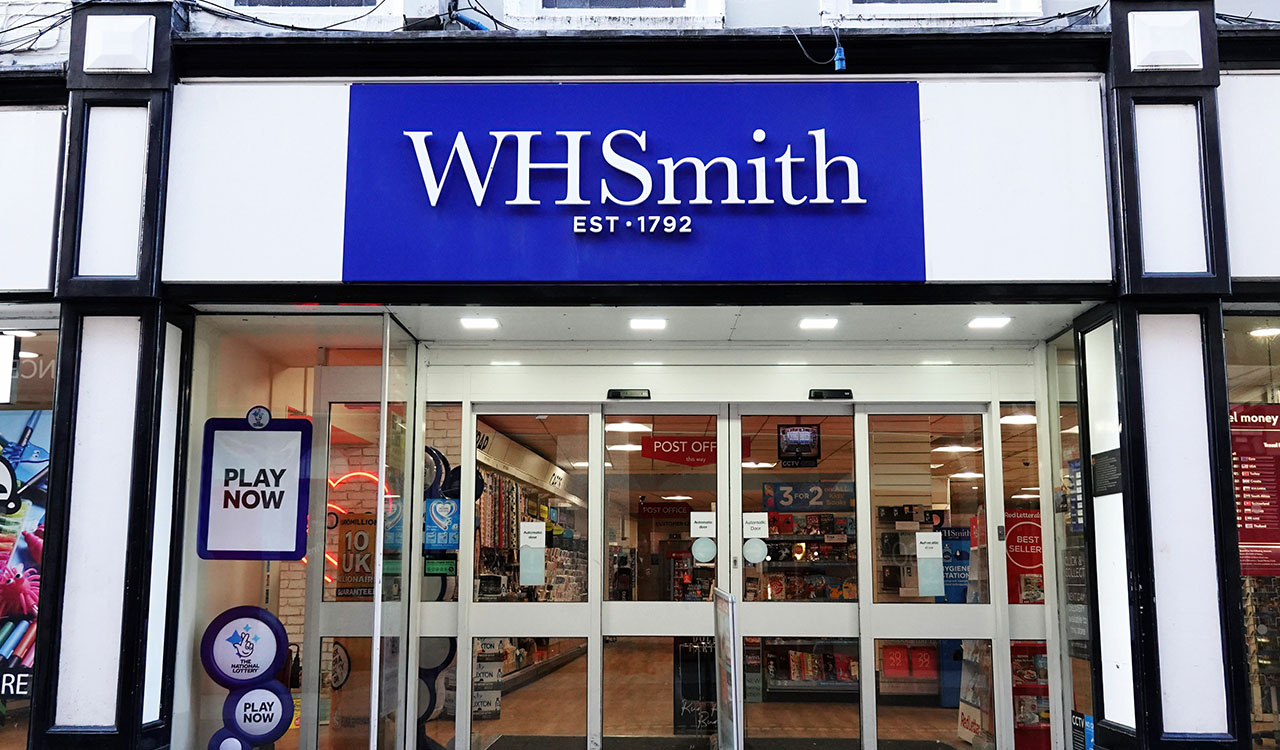As a prelude to a the retail forecast for 2025, let’s look back into the recent past, and then look at what is happening today. In 2020 Covid-19 devastated broad swaths of the retail industry. Even for those essential retailers who were able to remain open for business, consumers’ needs and wants shifted dramatically. Stay-at-home apparel and accessories, and stay-at-home work products and decor businesses boomed while traditional work wear, travel wear and entertainment wear businesses dried up. This was the collateral damage when many people either began to work from home or were furloughed from their jobs.
Though inflation-driven price increases have abated markedly, the fact is that most products that have become more expensive are never going to revert to pre-Covid prices. History suggests that inflationary price effects take a very long time to normalize with respect to consumer behavior.
Re-Entry Retrospective
In 2021, as the Covid-19 crisis began to ease, stores reopened and consumers flush with unspent disposable income and government cash from subsidized employment began to shop with abandon. The retail luxury business, in particular, skyrocketed. But the consumer spending boom didn’t last because explosive inflationary pricing soon reared its ugly head. Driven by unprecedented worldwide pandemic-driven supply chain and manufacturing disruption along with billions of dollars of extraordinary government spending, consumer prices on virtually all products rapidly increased at rates not seen in the U.S. since the late 1970s and early 1980s.
Interest rate inflation followed suit. Consumers’ irrational exuberant behavior came to an abrupt halt. This slowdown in retail has continued with notable strength evident only in low-end, value-priced products and, most notably, necessities such as groceries and consumable products. Though inflation-driven price increases have abated markedly, the fact is that most products that have become more expensive are never going to revert to pre-Covid prices. History suggests that inflationary price effects take a very long time to normalize with respect to consumer behavior.
Reversal in Retail
Unfortunately, whatever normalization trends emerge today in 2024 may be fundamentally reversed in 2025 if, or when, Donald Trump’s promised draconian imposition of tariffs takes place. Throughout the consumer space, whether on the manufacturing or retail side, plans are already being drawn up to accommodate tariff-driven price increases.
In the cold hard light of day, consumers, forced to shoulder these newly imposed tariffs, will inevitably respond with muted spending. Countries, such as China don’t pay tariffs and broadly speaking, manufacturing efforts will not revert back to domestic production here in the US – not in the short term (and in many cases, never.) There will be a scramble to move overseas production from China to other countries, but that won’t fully alleviate the impending increases that consumers will be faced with. Tariffs may very well be imposed on other countries than China and then of course there will likely be retaliatory actions taken which will further exacerbate pressure on retail pricing.
Retail Forecast for 2025
Net/net, when this year is finally over, 2024 may be best described as a year of recovery in retail. In contrast, however, 2025 could very well see retailing revert back to the Covid/post-Covid weakness that we have just started to shrug off. In light of the incredible uncertainty posed by the new administration’s rhetoric without specificity or clear rationale, we can only forecast retail performance next year very cautiously.





